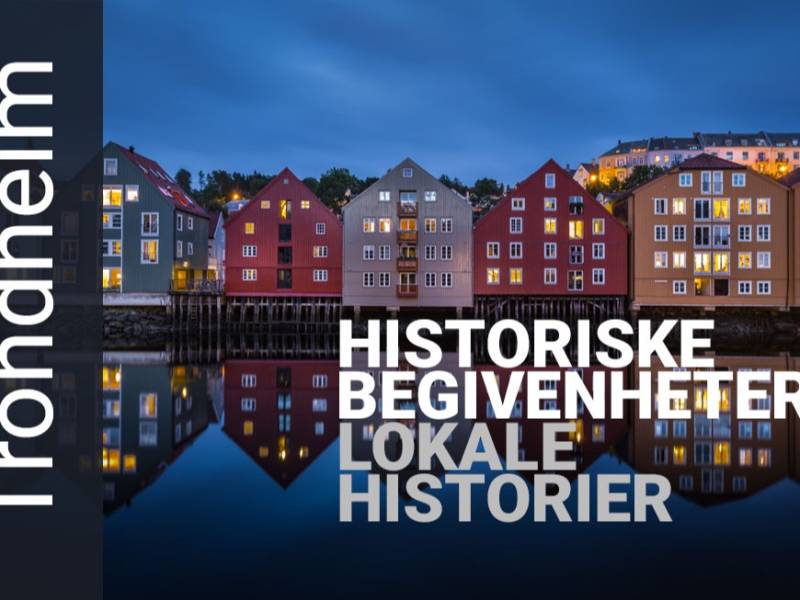
Trondheim City Guide
Provided by:
GuideToGo AS

Enjoy Trondheim city with guided audio and experience historical events and local stories at various locations. You will see the map on the screen, and audio will play when you move within the radius of each point.
Audio guides available in:
English (British), Deutsch , Norsk bokmål